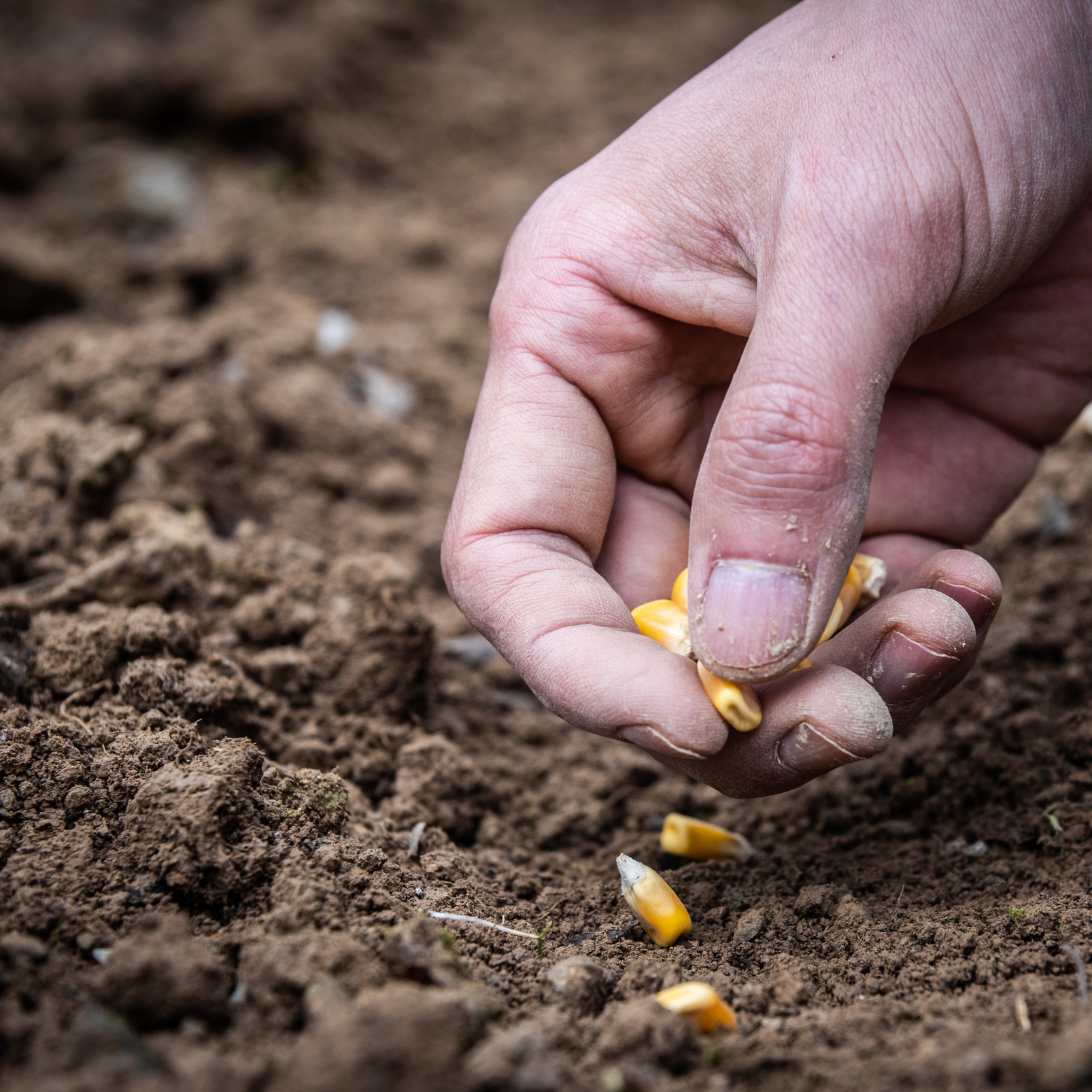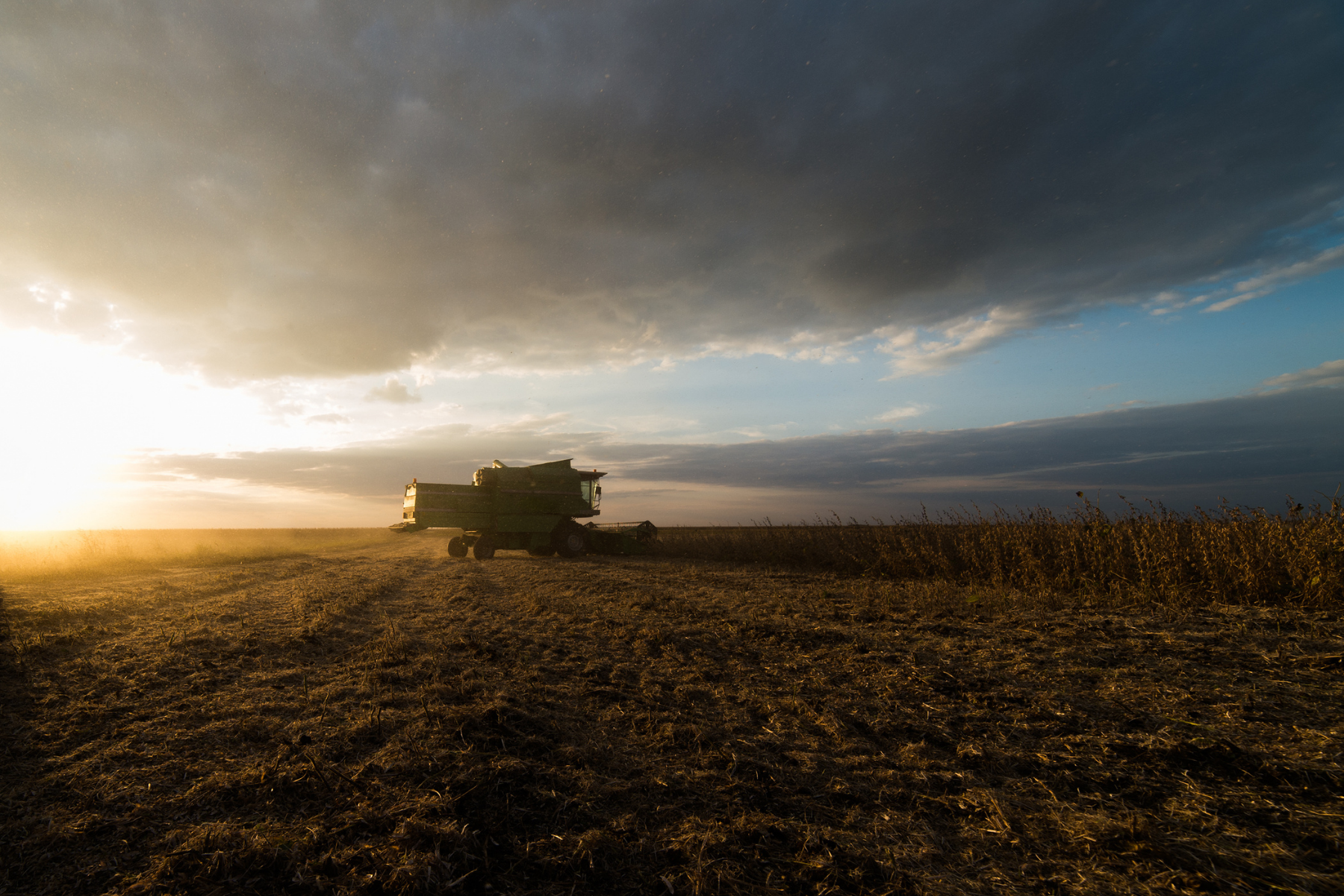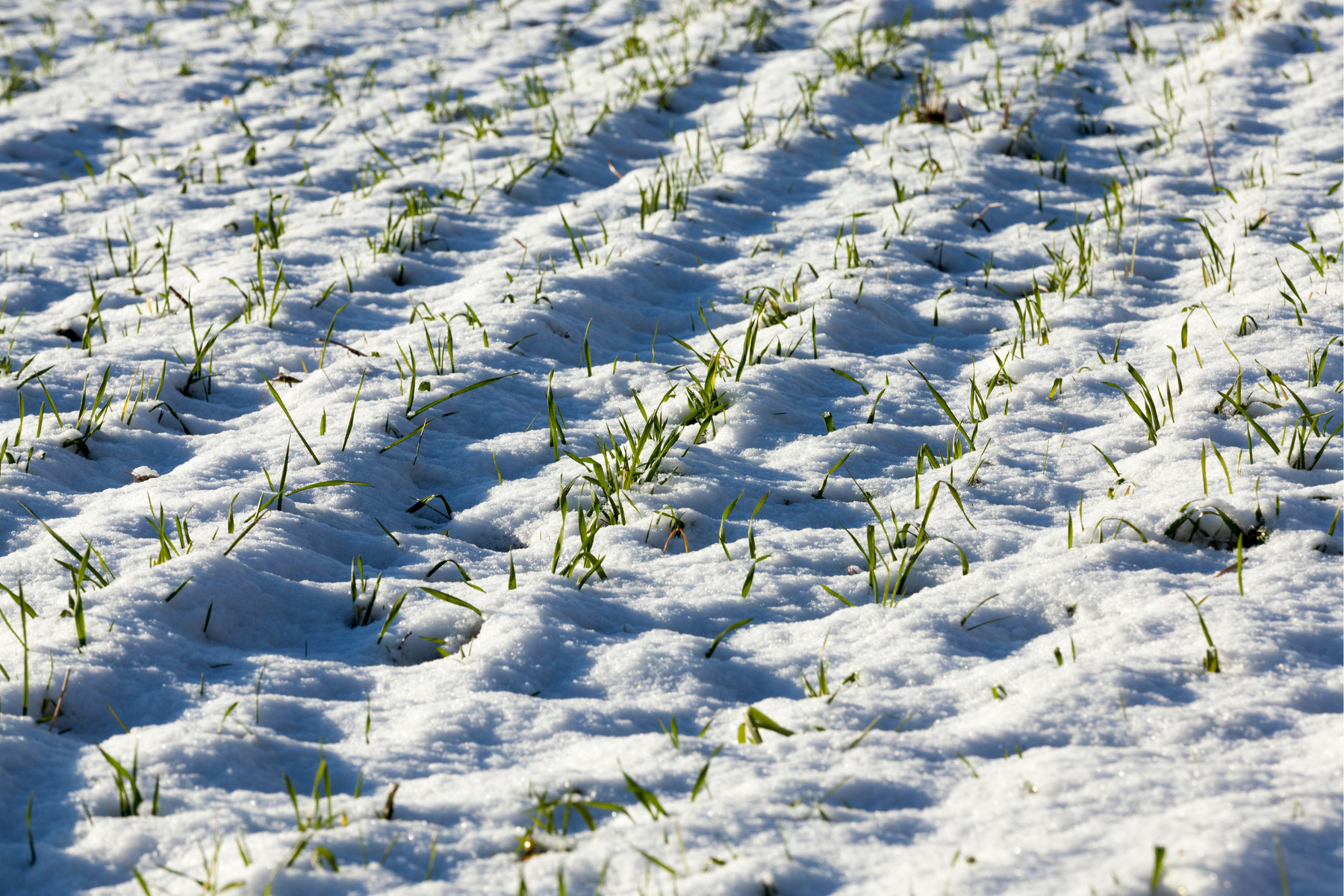Selecting the right seeds for the upcoming growing season is a critical decision that can significantly impact a farmer’s success. From understanding local soil characteristics to conducting test plots, each step plays a vital role in ensuring an effective year.
1. Understand Your Local Soil Characteristics
One of the foundational steps in seed selection is a thorough understanding of the local soil characteristics. Soil testing is a crucial practice that provides valuable insights into nutrient levels, pH, and organic matter content. Armed with this information, farmers can make informed decisions about the types of seeds that will thrive in their specific soil conditions.
Beyond nutrient levels, soil texture is another factor that shouldn’t be overlooked. Different crops have varying preferences for sandy, loamy, or clayey soils. By considering the texture of their soil, farmers can narrow down their seed options to those that are best suited for their particular agricultural environment.
2. Evaluate Seed Hybrids and Varieties
Choosing the right seed hybrids and varieties requires a careful examination of multiple factors. Yield potential is a key consideration, and farmers should review historical performance data to assess how different seeds have performed in their region over time. Consistency in high yields is a positive indicator of a seed’s suitability for a specific area.
Disease and pest resistance are also critical factors in seed selection. Opting for varieties with built-in resistance to prevalent local diseases and pests can significantly reduce the need for chemical treatments, promoting sustainable and environmentally friendly farming practices.
Maturity date is another aspect that should not be overlooked. Aligning the maturity date of the chosen seed varieties with the local growing season is essential for optimizing crop development. This consideration ensures that the crop reaches maturity at the most opportune time, avoiding potential challenges associated with late or early maturation.
3. Consider Local Climate and Growing Conditions
Every region has its unique climate and growing conditions, and seeds that thrive in one area may not perform as well in another. Farmers should carefully consider the adaptability of seed varieties to their specific climate, taking into account factors such as temperature, rainfall, and day length.
Local recommendations can provide valuable insights into which seed varieties have proven successful in similar climates. Consulting with agricultural extension services and experts in the area can offer farmers a wealth of knowledge and guidance in making informed seed selection decisions.
4. Conduct Test Plots
On-farm trials and test plots are invaluable tools for evaluating the performance of different seed hybrids and varieties in a real-world setting. Setting up small experimental areas on the farm allows farmers to monitor various factors, including growth, disease resistance, and overall yield.
Data collection is key during these test plots. Detailed records should be kept, documenting the performance of each seed variety throughout the growing season. Any challenges or successes encountered can provide valuable insights into the adaptability and resilience of specific seeds in a particular environment.
5. Budget and Cost Considerations
While maximizing yield is a primary goal, farmers must also consider the budgetary implications of their seed selection. Evaluating the cost-effectiveness of different seed varieties, including any additional inputs required, is essential. It’s not only about the potential increase in yield but also about making financially sound decisions for the overall sustainability of the farm.
Crop rotation and diversity should be factored into budget considerations. Planning a crop rotation strategy that maintains soil health and reduces the risk of disease and pest build-up is a crucial component of long-term agricultural success.
Final Decision-Making Process
As we look ahead to 2024, the agricultural landscape presents both challenges and opportunities. Informed seed selection is not only a science but also an art, blending data-driven decisions with the experience and intuition of seasoned farmers. By embracing these reminders and integrating them into your planning process, farmers can navigate the complexities of seed selection with confidence, ultimately reaping the rewards of a well-chosen seed for a successful year.




